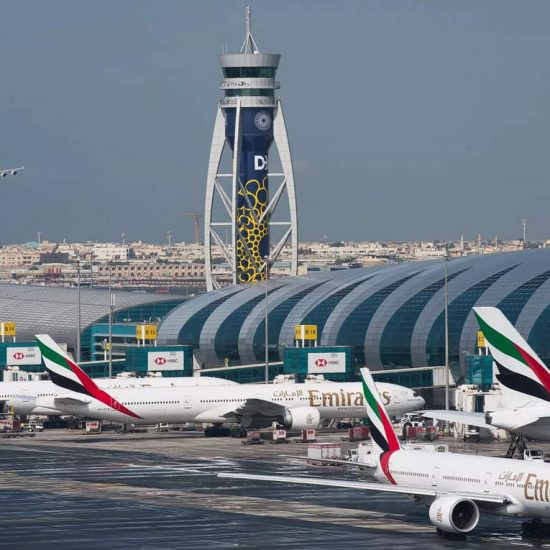Backed by government spending on infrastructure, building, and construction, domestic steel demand is expected to remain strong in 2024. Realisations in the domestic market are expected to remain strong, even though imports could remain elevated. Eports will remain stretched across key markets, beyond Europe, in view of the global slowdown in demand.
Market sources peg domestic demand to be in the double-digit range, while research firm Crisil expects Indian imports “elevated around the 6 million tonne (mt) mark this fiscal.”
Crisil said in a report that steel imports were around 5.6 per cent of domestic demand at 6.7 mt. “We expect imports to be around 5.5 per cent mark this fiscal year.
Ranjan Dhar, CMO, ArcelorMittal Nippon Steel India (AM/NS India), told businessline, that the Indian steel sector is currently grappling with import-induced headwinds, “but the long-term outlook looks positive.”
Reversing a near-three-year trend, India, currently the second largest crude steel producer globally, turned net importer of steel in November this year by 0.3 mt.
Traders, primarily, imported 4.3 mt across categories like coated steel, etc. (up 14 per cent y-o-y) between April and November, compared with exports for the period that stood at 4 mt (declined by 6 per cent y-o-y). This marked a drastic change in India’s competitive landscape.
According to Dhar, for the past one to two months, market prices have been trading at a discount to mill prices. “However, with global prices on the rise, we expect market correction, leading to price hikes in the coming weeks,” he said, adding that the influx of imports from China, Vietnam, and Indonesia is hampering India.
Most of the imports came in from China, as per initial data available with the Steel Ministry. Vietnam, once a key export market for India’s mills, is now one of the largest sellers to Indian traders.
“If we remain open to imports and the domestic demand is good, then exporting countries will continue to participate, a challenge for Indian mills,” Dhar said, adding that “to ensure sustainable growth and expand capacity, maintaining healthy margins remains crucial for domestic producers.
The changing market dynamics have also made the Ministry and Centre take note, as they have begun initiating discussions with the industry on the imposition of possible safeguards and their legal tenability — tariff rate quotas, port-side surveillance and testing, removal of the lesser duty rule, among others.
China, the world’s largest producer of the commodity, is yet to pick up on expected lines post-opening after Covid-induced closures.
However, oversupply has led to subdued prices. Over the past few months, Chinese mills have been facing margin pressure, mainly due to high raw material prices and a depreciating yuan. Although the Chinese government is trying to keep demand afloat with infrastructure spending and relaxing policies on property ownership, real estate continues to be in a recessionary phase.
In the meantime, Chinese mills have started pushing volumes into the global market at highly competitive prices.
“Between January and November this year, exports from China have increased 35.6 per cent to 82.7 million tonnes — the highest since 2016,” Crisil said in its report.
Unable to compete at such low prices, Indian exports have kept export offers on hold since mid-September, apart from to the EU.
According to Jayanta Roy, Senior Vice President and Group Head, Corporate Ratings, ICRA Ltd., the external environment remains challenging in most of the large global steel-consuming and producing hubs.
“However, given the aggressive deleveraging during the previous upcycle, the industry’s leverage (total debt to operating profits) is still expected to remain at a comfortable level of around 2.0–2.5 times in FY24,” he said.
Since exports play a crucial role on domestic steel prices by balancing supply with demand, this development has been keeping domestic mills on tenterhooks.
Strong growth momentum has supported steel prices in India.
Coking coal, a key feedstockfor steel making, shipments coming in are at a five-year high at 38.14 mt, indicating improved steel demand here.
“India has clearly bucked global trends,” said a senior Steel Ministry official, pointing out that capacity utilisation across India’s steel mills are a high 83 per cent.
Production of finished steel (April–November) increased by 13 per cent y-o-y to 88.9 mt; consumption stood at 87 mt, up 15 per cent y-o-y.
Crude steel production was at 94 mt for 8M FY24, up 15 per cent y-o-y, compared with83 mt in the year ago period. Pig iron and hot metal production stood at 4.7 mt and 56.78 mt, up by 19 per cent and 8 per cent, respectively.
Although global prices increased in November by 23 per cent in the US and 6 per cent in Europe, a few domestic steel mills have cut prices by ₹1,500 per tonne for December deliveries from the November list prices with an eye on local demand.
Global steel demand, which has been subdued since the onset of the Russia-Ukraine conflict, is expected to grow 1.6 per cent in 2023, after a sharp fall of 3.3 per cent in 2022.
According to Miren Lodha, Director, Research, Crisil, the recent recovery in European and American steel prices augurs well for Indian flat-steel producers.
“European steel prices, after remaining subdued for 5-7 months and hovering at €550–600, have started recovering since November, leading to a pick-up in export bookings from India. This follows a period where European steel prices fell below domestic steel prices for the first time in a decade,” he said.
Source: The Hindu Business Line
The post Strong Domestic Steel Demand Expected In 2024 first appeared on Latest India news, analysis and reports on IPA Newspack.





